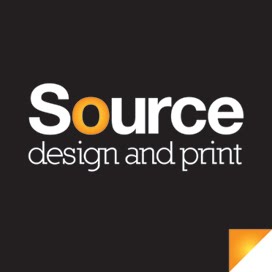Coming at us from all directions are handbag size magazines, handbag size hairsprays, handbag size umbrellas, sun creams, perfumes, hand sanitizers and anything else that gets carted about just in case…..
Here at Source we’re used to precision in measurements, A4, SRA3 etc but this “handbag size” is a new form of measurement made up by the marketeers, in fact there are no measurements, it’s simply a term to describe an item that will fit into a handbag, a bit like “pocket size”, although “pocket size” seems to be the marketing description for male items that get carted about. So how big is a handbag these days so that you can fit in all the handbag size items?
Let’s take a quick step back to the 50s. Back in the day the average bag measured 25cm wide and 20cm high, in old money just under 10 inches wide and 8 inches high and the contents were simple – house key, a purse containing cash, a handkerchief, a lipstick and compact. Fast forward 60 years and the size has grown to average dimensions of 50cm wide and 40cm high (just under 20 inches wide and 16 inches high). So it’s doubled.
The contents of the average handbag has grown to cover every eventuality that might crop up in any one day. A typical list of contents goes something like this – house keys, car keys, purse, credit cards, umbrella (it is Britain!), mirror, lip balm, lipsticks, headache tablets and other medications, pens, nail file, glasses, pack of tissues, hand cream, fresh breath spray, snacks, Filofax or equivalent, and so on. The weight of all of this including the bag is now fast approaching half a stone! It can’t go on, can it?
We don’t know what the future holds for sizes or indeed what the marketeers will come up with next. However it seems that “handbag size” is here to stay and if there has to be just one more handbag size item it has to be a sweet little wiro notepad from Source, they also come in pocket size.
For your free notepad please contact Source with a request for a printing quote on any type of job from business cards to exhibition stands and a free notepad and pen will be sent to you. We don’t know what the future holds for sizes or indeed what the marketeers will come up with next. However it seems that “handbag size” is here to stay and if there has to be just one more handbag size item it has to be a sweet little wiro notepad from Source, they also come in pocket size.


